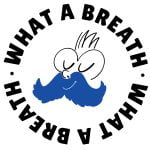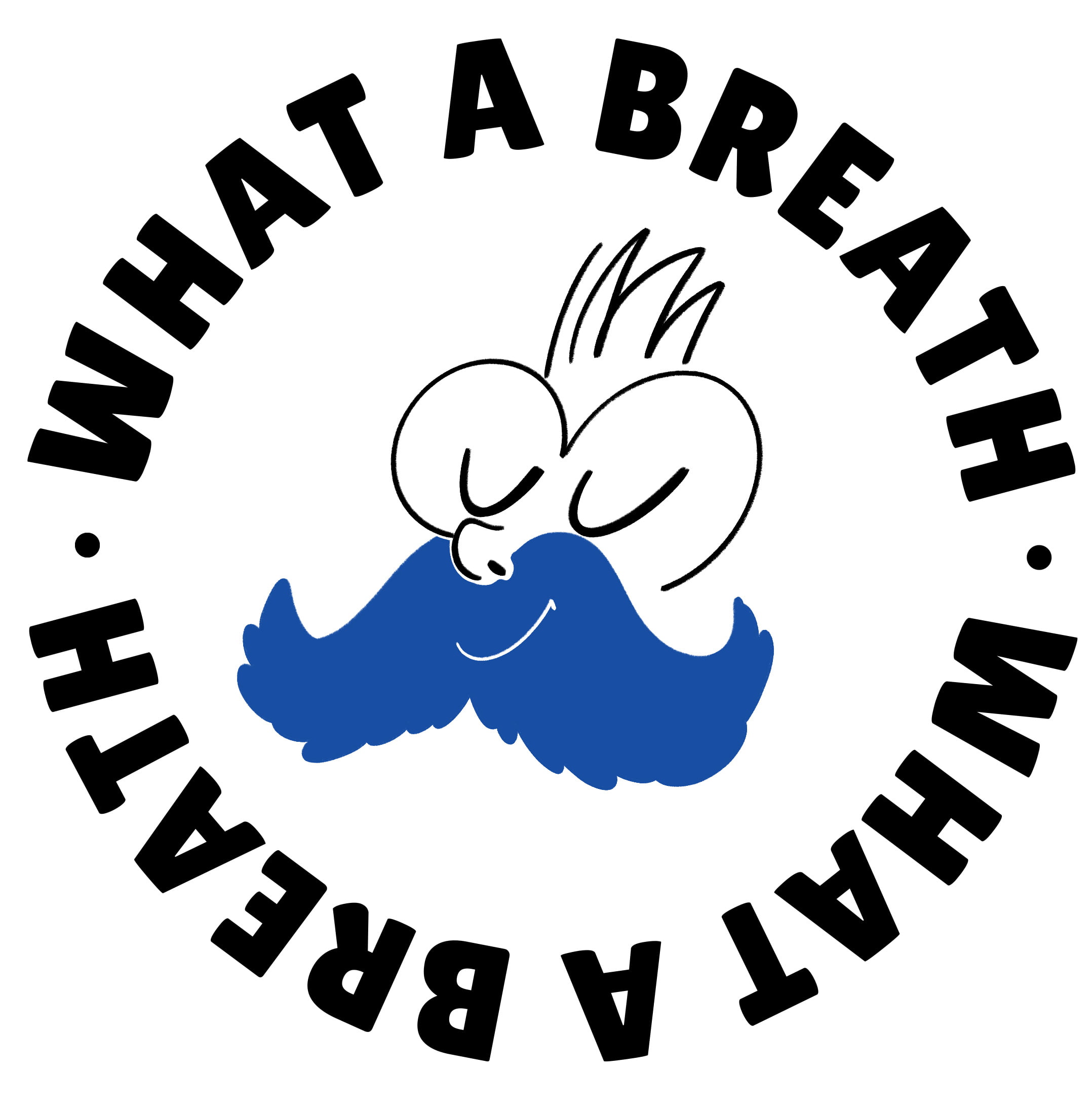Box breathing, also known as square breathing, is a simple yet powerful technique named after the shape of a square. Imagine a cycle of four equal phases: inhale, hold, exhale, hold again. Each of these lasts the same amount of time, creating a steady and regular rhythm.
It is a method used by athletes, yogis, but also by professionals in stressful environments, such as soldiers or managers. The goal is not only to improve lung capacity but above all to restore mental balance and stabilize the nervous system. The beauty of this practice is that it requires no equipment, no special space and no preparation: just sit, focus on breathing and follow the rhythm.
Why it works
Our breath is closely connected to the nervous system. When we are anxious, breathing becomes fast and shallow, signaling to the body that we are in danger. On the contrary, slow and controlled breathing sends a message of safety, helping the parasympathetic system calm the heartbeat and muscle tension.
Box breathing is based precisely on this principle: setting the pace, slowing down, giving the body and mind a steady rhythm. Each completed cycle signals stability to the brain. It’s like switching off the autopilot of stress and taking back control.
Research shows that practicing regular breathing techniques reduces cortisol levels, improves concentration and even sleep quality. It’s no coincidence that box breathing is often recommended to people dealing with anxiety or high-pressure jobs.
How to practice
The technique is very simple: choose a number of seconds, usually four, and apply it to each phase. Inhale through the nose for four seconds, hold the breath for four, exhale slowly through the mouth for four and pause for four more. Then repeat the cycle.
The key is not to aim for long times immediately but to respect the symmetry. If four seconds feel too much, start with three or even two, increasing gradually. The important thing is the balance, because it generates the sensation of calm.
During practice, it can help to close your eyes and imagine literally drawing a square with the breath: side by side, phase after phase. This mental image helps concentration and makes the exercise more intuitive.
Main benefits
The most immediate advantage is stress reduction. Just a few cycles of box breathing are enough to feel internal tension drop and heart rate slow down.
Another important benefit is focus. The steady rhythm of breathing works like an anchor, bringing the mind back to the present. That’s why this technique is used by those who need to make quick decisions and stay clear-headed under pressure.
La respirazione quadrata aiuta anche a migliorare la consapevolezza del corpo. Spesso respiriamo in modo automatico, senza accorgercene. Fermarsi a regolare ogni fase rende il gesto consapevole, rafforzando la connessione tra mente e corpo. Con il tempo, questo porta a un senso generale di maggiore equilibrio.
Many people use it as a tool to sleep better. Practicing before bed helps reduce racing thoughts and prepare the body for rest.
On a physical level, this technique trains respiratory muscles, improves oxygenation and encourages deeper breathing in daily life.
When and how much to practice
One of the best things about box breathing is its flexibility. You can do it in the morning to start the day with clarity, or during a work break to reset your mind. It’s perfect before important meetings, exams or any stressful event.
There is no set duration: even five minutes can make a difference. Some people like to practice daily, others only when needed. What matters most is consistency: the more the body gets used to the rhythm, the more easily it recalls calm in critical moments.
Possible difficulties at the beginning
Those not used to holding their breath may feel some discomfort at first. This is normal and nothing to worry about. The important thing is not to force: start with shorter counts and lengthen gradually.
Another challenge is a wandering mind. Distractions are part of the process. Instead of getting frustrated, simply bring attention back to the square, restarting the cycle. With practice, focus improves naturally.
It is recommended to begin in a quiet environment. Once familiar, box breathing becomes a tool you can use anywhere, even in the middle of a busy day.
A simple act with great effects
Box breathing shows that sometimes the simplest actions bring the greatest results. Nothing extraordinary is required: just breath, focus and the willingness to pause. In a few minutes, agitation can turn into calm and presence.
Practicing regularly means giving yourself a powerful tool that supports both mind and body in any situation. Whether to face a busy day, improve sleep or reduce anxiety, the square of breath remains an ally that is always available, discreet and natural.






